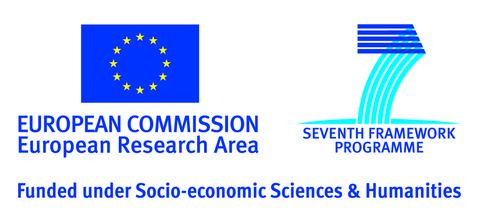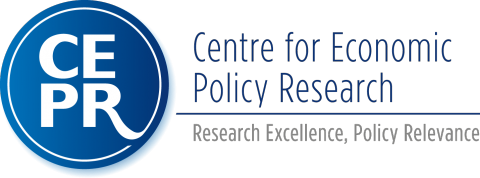Andrea Guariso - Research Summary
Stockholm University
Impact of Community Health Promoters in Uganda: A Randomized Control Trial
Background Systematic reviews of existing evidence show promising effects of community health worker (CHW) programs as a strategy to improve child survival, but also highlight challenges faced by CHW programs, including insufficient incentives to deliver timely and appropriate services. In this study we assessed the effect of an incentivized community health delivery program in Uganda on all-cause under-five mortality.
Methods and Findings A cluster-randomized controlled trial, embedded within the scale-up of a new community health delivery program, was undertaken in 214 clusters in 10 districts in Uganda. In the intervention clusters micro entrepreneur-based community health promoters (CHPs) were deployed over a three-year period (2011-2013). On average 38 households were surveyed in each cluster at the end of 2013, for a total sample size of 8,119 households. The primary study outcome was all-cause under-five mortality (U5MR). U5MR was reduced by 27% (adjusted RR 0.73, 95% CI 0.58-0.93). No harm was reported.
Limitations Our study had some limitations. First, contamination is plausible because the study clusters, within each zone, were geographically close. Second, we rely on retrospective recall information. Both of these limitations most likely caused us to estimate a lower bound on the treatment effect. Third, the CHPs were blinded to the trial status of the village they were assigned to and as a consequence no surveillance and monitoring system was put in place in the trial clusters. Mortality rates were calculated based on cross-sectional household survey data collected at the end of the trial, thus raising concern that differential in- or out- migration flows by assignment groups could cause confounding bias in the main mortality estimates. However, measured in- and out-migration into the study clusters were similar across assignment groups, and baseline household characteristics of the eligible households, and pre-trial infant mortality rates, were not statistically different between the intervention group and the control group.
Conclusion With the accumulated know-how we have today few would question the potential of community health care provision. How to best ensure that CHW deliver timely and appropriate services is, however, largely an open question and motivates the continued search for innovative approaches. We study one such approach which harnesses the power of franchised direct selling (business-in-a-bag) to provide community health providers with incentives to increase access to low-cost, high-impact health products and free basic newborn and child health services. We believe the results are likely to advance a global conversation about how to best motivate CHWs to deliver timely and appropriate services.
This paper was authored by Andrea Guariso, Martina Björkman Nyqvist (Stockholm School of Economics); Jakob Svensson (IIES, Stockholm University); David Yanagizawa-Drott (University of Zurich) and a copy can be found here.
The research has received converage in IPA's blog post, J-PAL's newsletter, Quartz, the Washington Post, Impakter and VoxEU.


